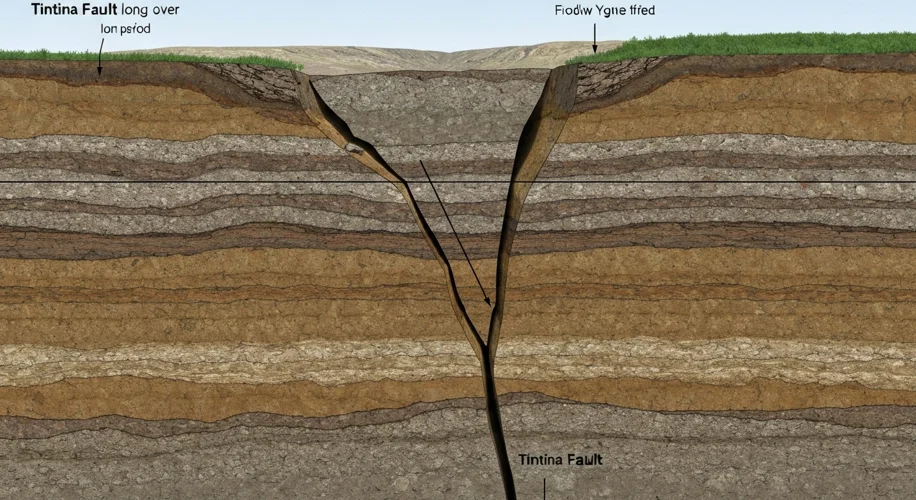Did you know that parts of the Yukon, Canada, sit atop a geological giant that’s been surprisingly quiet for a very long time? I’m talking about the Tintina Fault, and a recent study is shedding new light on its potential for significant seismic activity.
As of August 3, 2025, new research, specifically the study titled “Large Surface-Rupturing Earthquakes and a >12 kyr, Open Interseismic Interval on the Tintina Fault, Yukon,” is telling us that this fault isn’t just another crack in the Earth’s crust. It’s a major player with a history of producing large earthquakes – the kind that rupture the surface.
What’s fascinating is the ‘interseismic interval’ mentioned in the study’s title. This refers to the period between large earthquakes. For the Tintina Fault, this interval has been exceptionally long – over 12,000 years. That’s a lot of time for stress to build up. While geological patience might be a virtue, it also means that when this fault eventually releases that pent-up energy, it could be a substantial event.
So, what is the Tintina Fault? It’s a significant geological feature that stretches for hundreds of kilometers across Yukon, Canada. It’s a strike-slip fault, meaning the Earth’s plates slide past each other horizontally. Think of it like two giant blocks of rock grinding against each other.
The study involved detailed geological fieldwork, analyzing fault scarps (the visible ledges created by fault movement) and using dating techniques to understand the timing and size of past earthquakes. By piecing together this ancient seismic history, scientists can better understand the fault’s behavior and its potential risks.
Understanding these fault systems is crucial. It helps us appreciate the dynamic nature of our planet and prepare for potential natural hazards. While this research focuses on a specific region, it’s a great reminder of the ongoing scientific work that helps us learn more about the Earth beneath our feet. It’s these kinds of studies that deepen our understanding of geological processes, which is so important as we continue to build and live on this planet.

